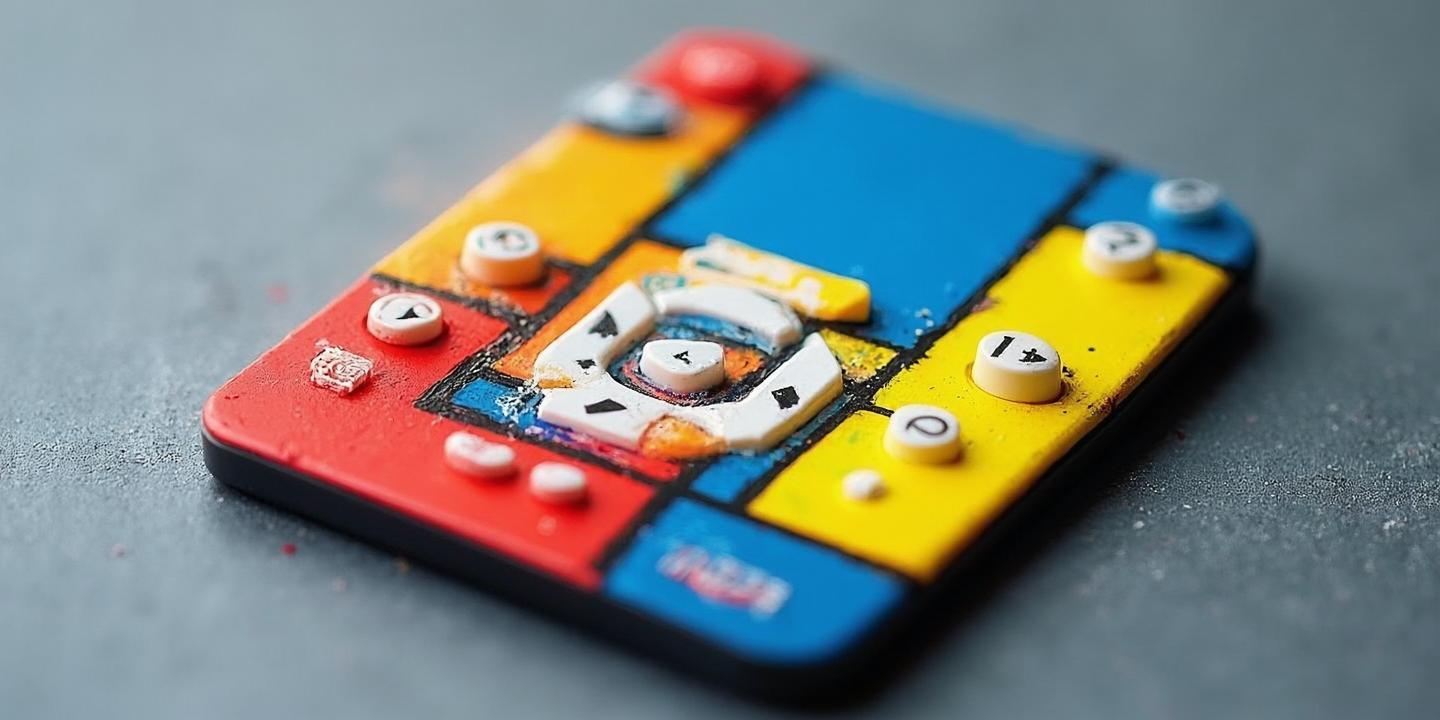发布时间2025-06-09 23:59

When it comes to parenting, one of the most common yet challenging moments is when a child breaks a toy. It’s a situation that can test both the child’s honesty and the parents’ patience. But what if this conversation happens in English? How can a child effectively explain the situation to their parents, especially when English is not their first language? This article aims to guide both children and parents through this delicate conversation, ensuring clarity, honesty, and understanding.
Understanding the Context
First and foremost, it’s essential to understand why the toy was broken. Was it an accident? Was it intentional? Or was it due to a defect in the toy itself? Knowing the reason behind the breakage can significantly influence how the conversation unfolds. If it was an accident, the child should be encouraged to explain what happened without fear of punishment. If it was intentional, it might be a teaching moment about respecting property. And if it was a defect, it could be an opportunity to discuss quality and reliability.
Choosing the Right Words
When explaining the situation, it’s crucial to choose words that are both clear and respectful. For instance, instead of saying, “I broke the toy,” the child could say, “The toy got broken while I was playing with it.” This subtle change shifts the focus from blame to the event itself. Using phrases like “I didn’t mean to” or “It happened by accident” can also help convey the child’s intention and reduce any potential tension.
Expressing Regret and Offering Solutions
After explaining what happened, it’s important for the child to express regret. Simple phrases like “I’m sorry” or “I feel bad about it” can go a long way in showing that the child understands the impact of their actions. Offering a solution, such as helping to fix the toy or suggesting a replacement, can also demonstrate responsibility and initiative.
Parental Response
On the other side of the conversation, parents play a crucial role in how the situation is resolved. Listening without judgment is key. Parents should ask open-ended questions like “What happened?” or “How do you feel about it?” to encourage the child to share their perspective. Acknowledging the child’s feelings and expressing understanding can help build trust and reinforce positive behavior.
Language Tips for Non-Native Speakers
For families where English is a second language, this conversation can be even more challenging. Using simple, clear sentences is essential. Phrases like “Can you explain what happened?” or “Let’s talk about how we can fix this” can facilitate better communication. Encouraging the use of visual aids, such as pointing to the broken toy or drawing a picture, can also help bridge any language gaps.
Teaching Responsibility
Beyond the immediate conversation, this situation can be a valuable teaching moment. Discussing the value of toys and the importance of taking care of them can instill a sense of responsibility in the child. Setting boundaries and expectations for future play can also help prevent similar incidents from occurring.
Building Trust and Communication
Ultimately, how a child explains breaking a toy and how parents respond can significantly impact their relationship. Honesty, clarity, and understanding are the cornerstones of effective communication. By handling this situation thoughtfully, parents can not only resolve the immediate issue but also strengthen their bond with their child.
Practical Examples
Let’s consider a few practical examples to illustrate how this conversation might unfold:
Conclusion
In summary, explaining a broken toy in English requires a combination of honesty, clarity, and responsibility. By choosing the right words, expressing regret, and offering solutions, children can effectively communicate their actions to their parents. Parents, in turn, should listen without judgment, acknowledge their child’s feelings, and guide them towards better decision-making in the future. This approach not only resolves the immediate issue but also fosters a deeper understanding and stronger relationship between parent and child.
猜你喜欢:normal翻译
更多少儿英语